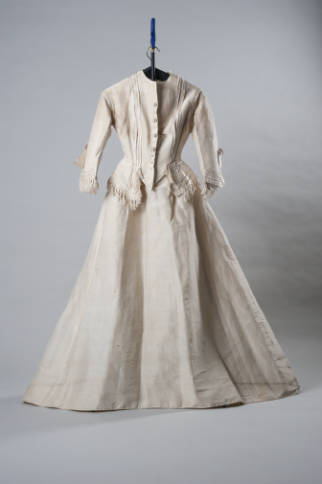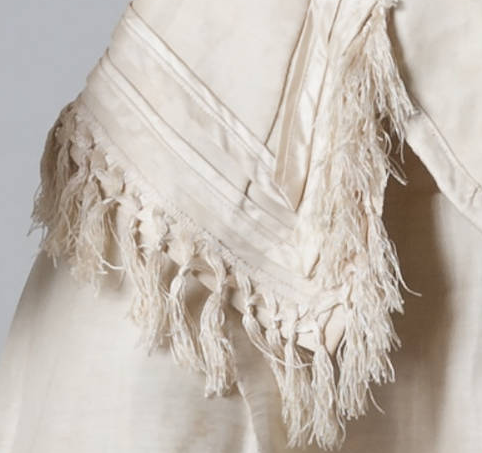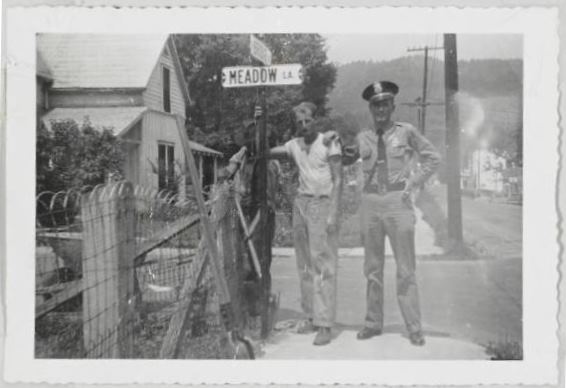 As mentioned in an earlier blog post, the Carolina Power and Light Company (CP&L) sponsored the Finer Carolina competition from 1952 to 1959. Each year, towns from throughout the company’s service area completed community improvement projects with the goal of earning cash prizes and bragging rights as “Carolina’s Finest.”
As mentioned in an earlier blog post, the Carolina Power and Light Company (CP&L) sponsored the Finer Carolina competition from 1952 to 1959. Each year, towns from throughout the company’s service area completed community improvement projects with the goal of earning cash prizes and bragging rights as “Carolina’s Finest.”
The town of Hot Springs, in Madison County, North Carolina, created scrapbooks to document its entries for three years of the competition: 1954, 1956, and 1957. Many of the town’s endeavors concerned beautification, such as planting flowers and painting houses and fences. However, projects to improve infrastructure were also undertaken. In 1954, Hot Springs modernized the city water system, installed three new traffic lights, and added street signs. The town’s accomplishments resulted in a $500 prize which was used to fund improvements during the 1956 competition. The focal point of that year’s campaign was the establishment of a medical clinic and the arrival of a physician to serve the town’s population. In 1957, community groups purchased and renovated a community center which provided space for the county’s library and town’s welfare clinic. The original scrapbooks are in the Madison County Public Library.
In addition to the scrapbooks from Hot Springs, the North Carolina Digital Heritage Center has also digitized a scrapbook documenting the 1954 Finer Carolina activities of Burgaw.
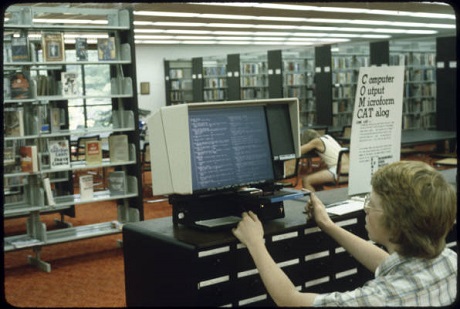
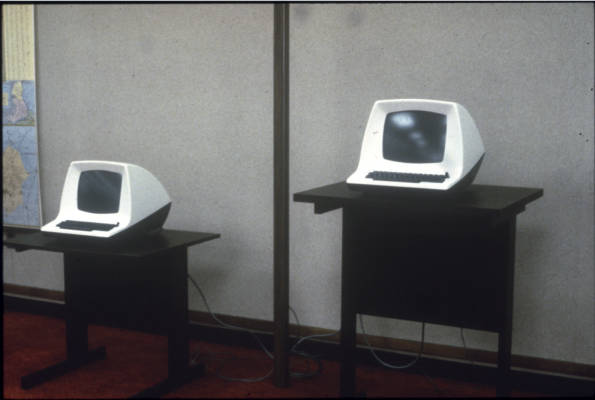
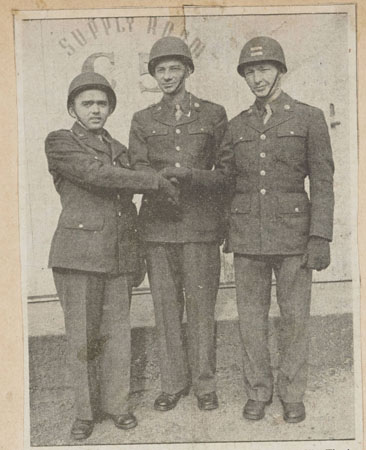
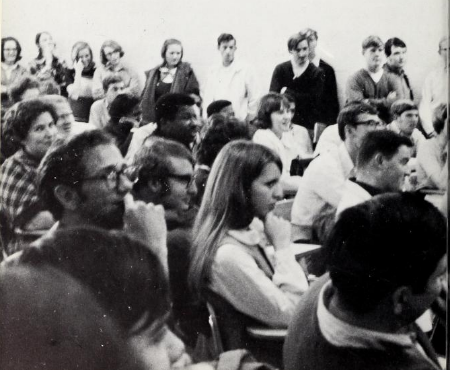 Student yearbooks from Wayne Community College in Goldsboro are
Student yearbooks from Wayne Community College in Goldsboro are 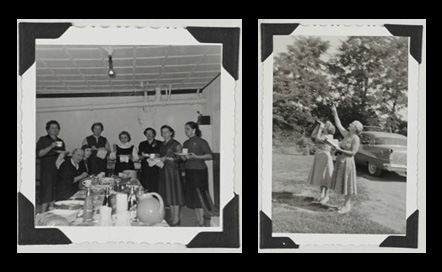
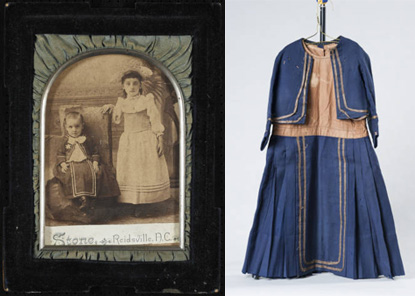
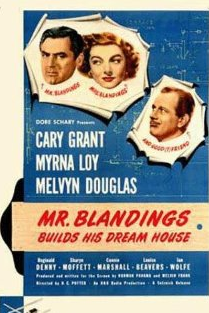
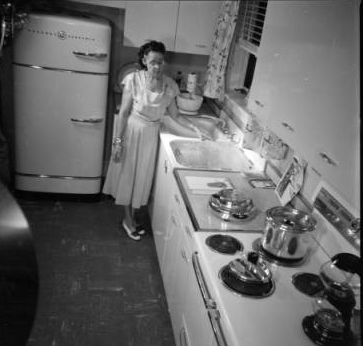
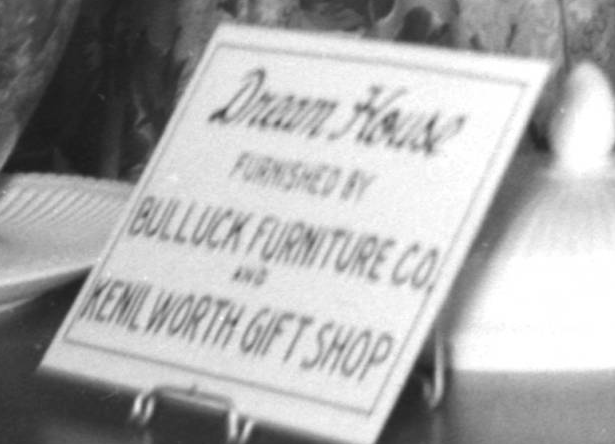
.jpg)
